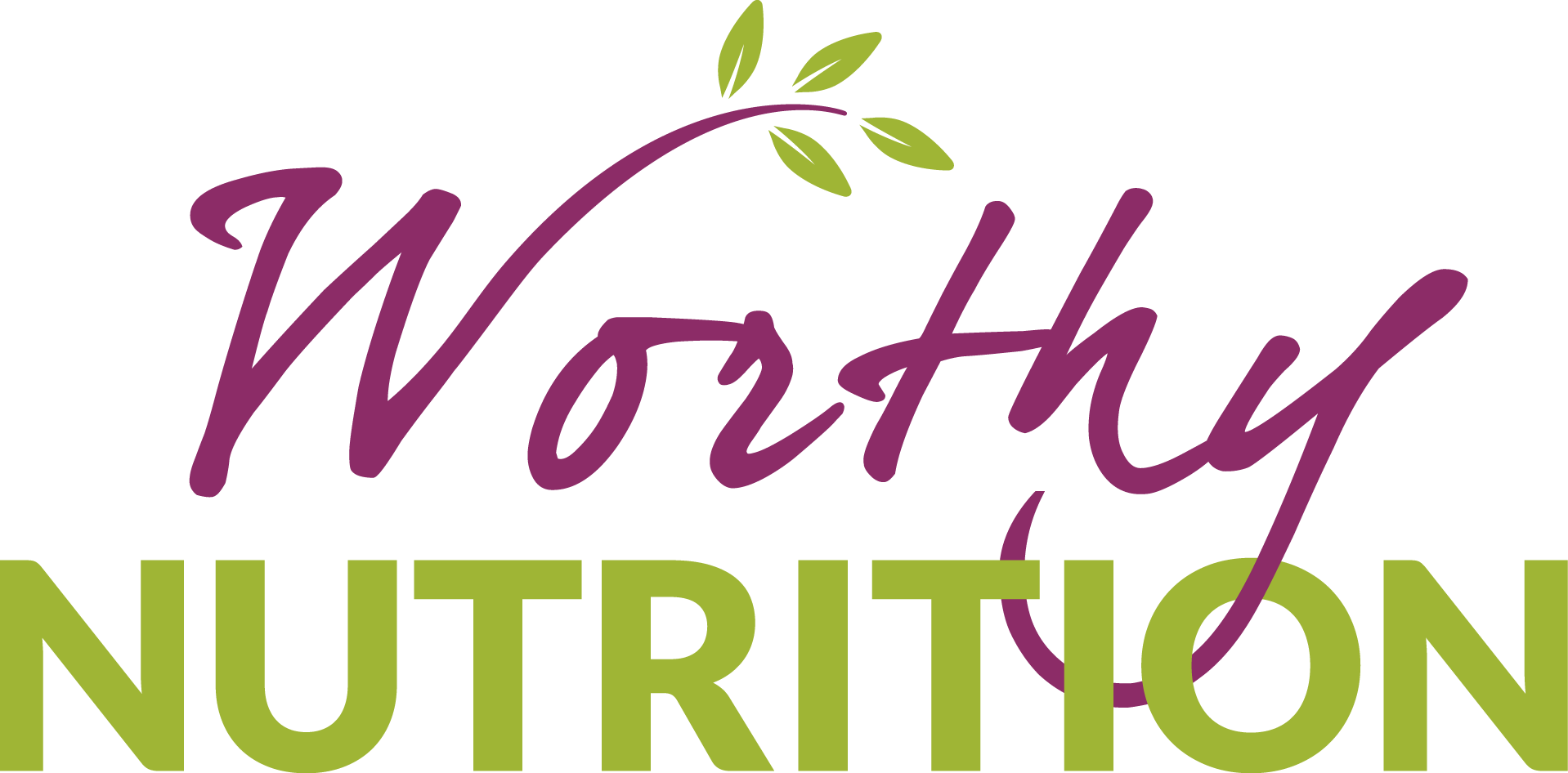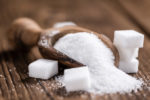The Food Industry has gotten a little sneaky with ingredients, especially sugar. Thankfully, food labeling has evolved and we are better informed about ingredients and serving sizes. If you are not accustomed to reading food labels, I encourage you to practice understanding serving size and how that affects the food and hidden sugars you are consuming.
One of the biggest challenges is understanding the hidden sugars found in our foods. Have you ever wondered why some foods have such a sweetness to them, but sugar isn’t clearly labeled on the product? Something as traditional as Ketchup is a huge offender of hidden sugar.
Big common offenders are sauces, condiments, dressings, canned vegetables, fat-free foods, breakfast cereals, bread, dried fruit, just to name a few.
My go-to dressing without sugar is:
1/2 cup olive oil
1 teaspoon sea salt
1/2 cup flaxseed oil
1 clove garlic
1/2 cup raw apple cider vinegar
2 drops liquid Stevia (optional)
Add all ingredients to a blender and mix thoroughly.
Here is a list of sugar and sugar products commonly hidden in foods:
Sugar – any of the following names preceding the word “sugar” or “syrup” is sugar:
- brown
- cane
- raw
- beet
- confection
- high fructose corn syrup
- malt
- rice
Technical Names of Sugar:
- dextrose
- fructose
- lactose
- maltose
- galactose
- sucrose
- ribose
- Saccharose
- Glucose
- Monosaccharide
- Disaccharide
- Polysaccharide
“Natural” Sugars – these should be limited:
- Agave – not the best choice, see my thoughts on it in this blog
- Coconut nectar
- Coconut sugar
- Date sugar
- Maple sugar
- Honey
- Fruit juice
- Fruit
- Cane juice
- Molasses
- Rice malt
- Sorghum syrup
- Treacle
Sugar Alcohols – these can be very hard on your gastrointestinal tract:
- Erythritol
- Glycol
- Glycerin
- Iditol
- Isomalt
- Lactitol
- Maltitol
- Mannitol
- Ribitol
- Sorbitol
- Xylitol
Artificial sweeteners – AVOID at all costs:
- Aspartame
- Acesulfame-L
- Nutra-sweet
- Equal
- Saccharin
- Splenda
- Sucralose
- Sweet-n-low
- Truvia
The quality and quantity of foods do matter. Ask yourself how nutrient dense is the food? Whole food recipes most likely will have a good amount of fats, protein, and carbohydrates, balancing out the sugar that might be in the recipe.
To your health,
Patti








This was so helpful thanks Pattie!
You are very welcome, Remy, I’m glad to be of service!